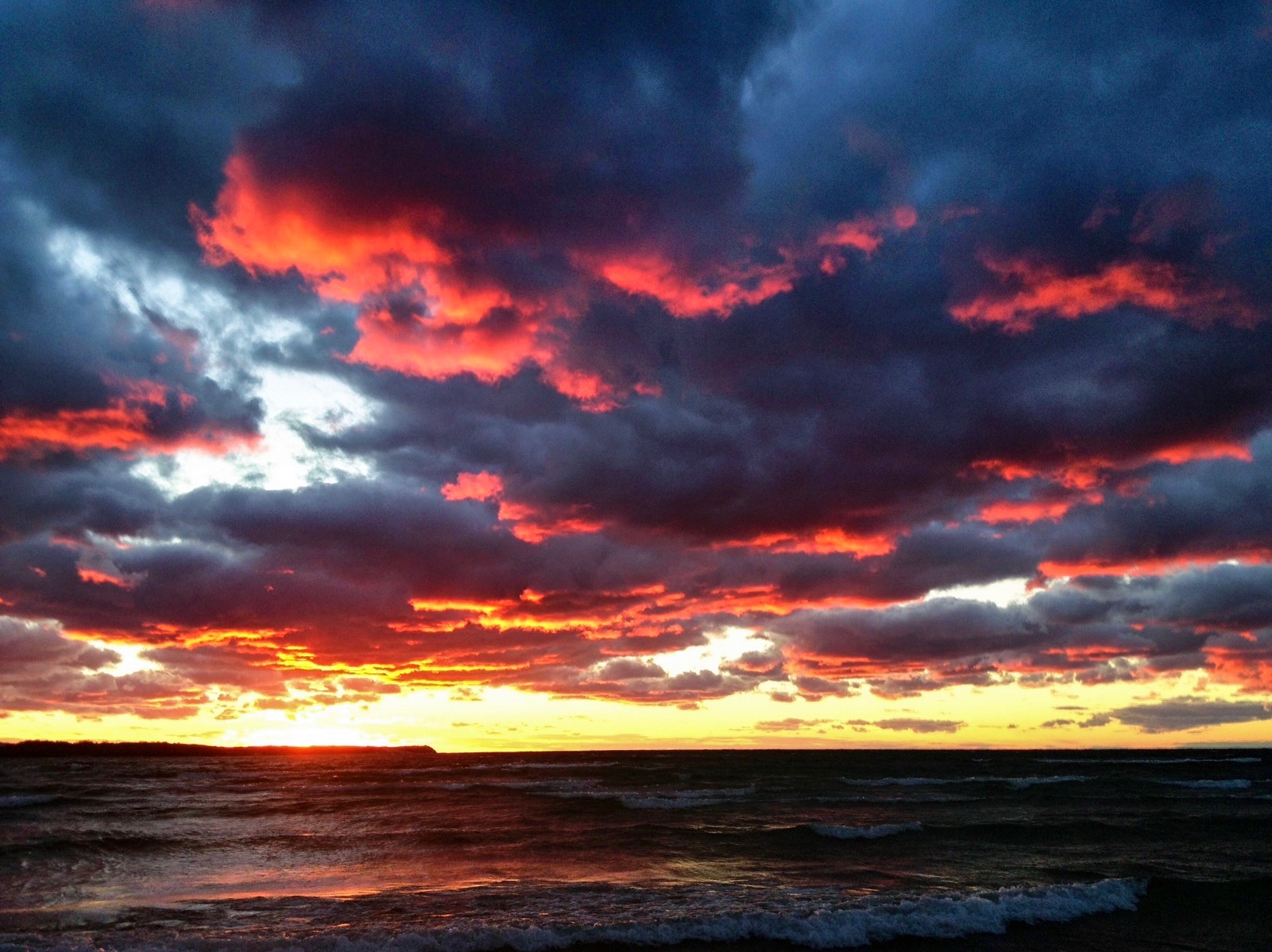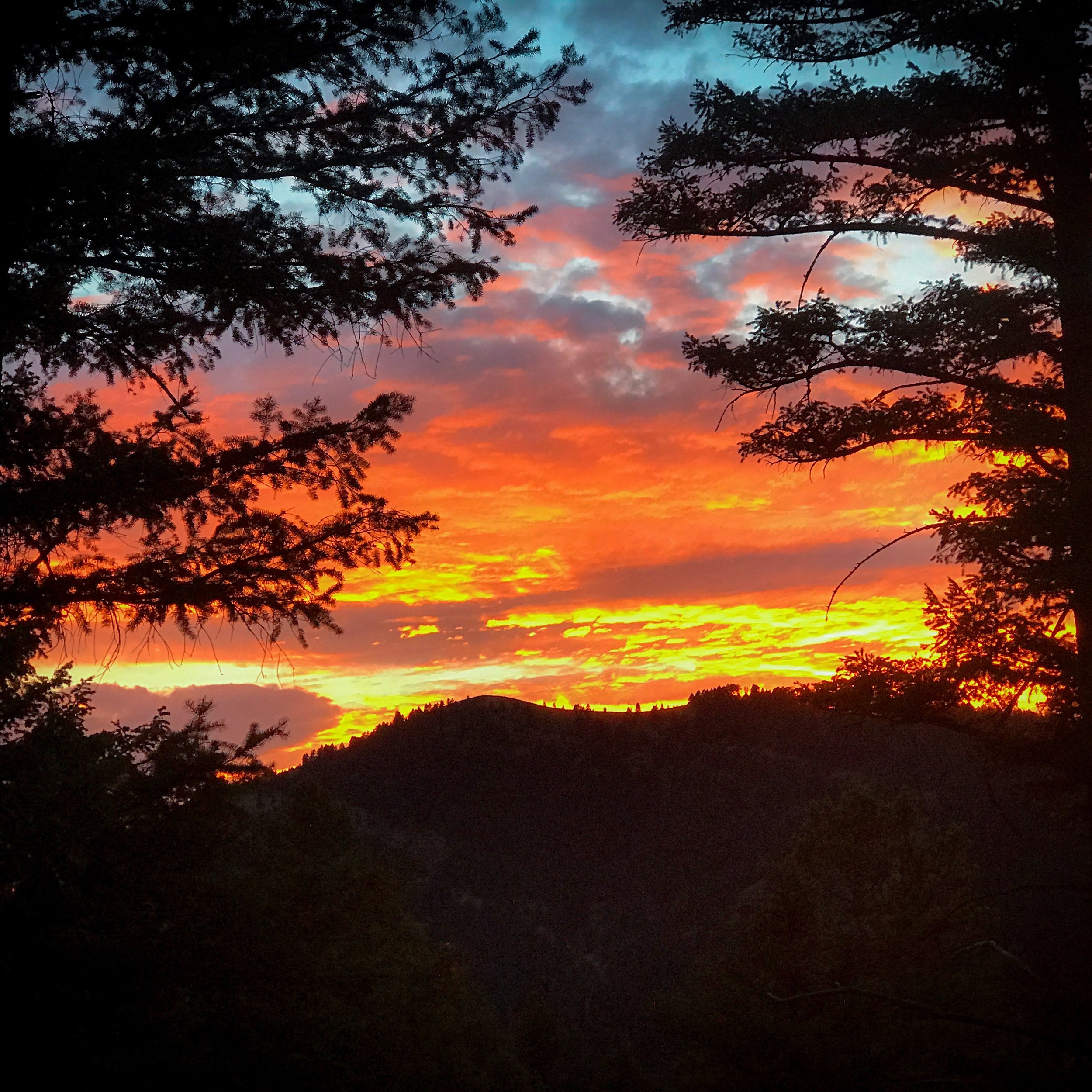stories of the innovative conservation actions supported by the program
Written, produced & animated: Rick Smith Media, Kathryn Dunning
The Greater Yellowstone Coalition
The Greater Yellowstone Coalition identified headwater reaches of three tributaries in the Madison Valley, Montana-- Ruby Creek, Horse Creek and West Fork-- that are presently too cold to support fish growth, but will be crucial cold-water refuges as temperatures increase. In addition, higher temperatures and more arid conditions will continue to reduce high elevation food sources for grizzly bears, making low elevation habitats and linkages increasingly important. Through restoration work on these tributaries, Greater Yellowstone Coalition has improved nearly 40 miles of headwater stream habitat and provided more secure riparian cover for large species movement in these three key sub-watersheds.
Written & Produced: Kathryn Dunning; Filmed & Edited: Rick Smith Media
American Rivers
With climate change bringing more rain and less snow, water availability throughout the year has become increasingly problematic for much of California. One solution to this problem: healthy meadows. Meadows store water, releasing it slowly, recharging the groundwater and this in turn provides viable habitat for fish and wildlife. American Rivers has been restoring these areas, reconnecting the water table with floodplain, stabilizing eroding streambanks and enhancing riparian and wet meadow vegetation.
The Nature Conservancy, Minnesota
In the Great Lakes region, conventional forestry practices currently emphasize the regeneration of aspen-birch forests. Today’s forestry techniques, such as clear-cutting and planting white spruce or red pine, are likely to become commercially and ecologically unviable as many northern tree species decline under anticipated warmer, drier conditions. The Nature Conservancy in Minnesota is taking a first step in helping northern forests transition to an uncertain future by using a combination of management and planting that increases ecosystem complexity and bolsters forest resilience. This work is influencing the adaptive capacity across millions of acres in the Great Lakes region. This project was made possible through the support of the Climate Adaptation Fund. Funding for this program is provided by the Doris Duke Charitable Foundation & Managed by the Wildlife Conservation Society.
Edited: Cameron Ellis; Animated: Sonja Jacobson; Written, produced & narrated: Kathryn Dunning;
Wildlife Conservation Society
Rising temperatures, lower snowpacks, earlier spring melt and a multi-year drought in the Headwaters of the Missouri River are putting stress on wildlife and water users. The Wildlife Conservation Society worked with private landowners, landowners, local conservation districts, and State and Federal agencies to showcase structures designed to mimic some of the beneficial functions of beaver activity. Using a relatively simple technique that weaves together willow branches, these semi-permeable “speed bumps” help to slow the flow of streams, recreate meanders, and boost the storage of water in soils beneath riparian areas. These changes in turn help riparian vegetation recover, further adding to the capacity of watersheds to function as 'sponges', capturing water when it is plentiful and releasing it during dry periods.
Written & Produced: Kathryn Dunning; Filmed & Edited: Rick Smith Media
Scenic Hudson, Inc
Sea level rise presents the most immediate climate change impact to the Hudson River Estuary ecosystem, threatening 3,000 acres of freshwater and brackish tidal wetlands. These critical habitats support a suite of species and provide vital ecosystem function. Scenic Hudson is ensuring the capacity for wetland migration by protecting upslope migration zones and restoring connectivity to existing wetlands. Note: filming of this video took place over the two days leading up to Hurricane Sandy's impact on the East coast, casting an eery gloom that legitimized the urgency of this project.
Written & Produced: Kathryn Dunning; Filmed & Edited: Rick Smith Media
The Trust for Public Land
Using Trout Unlimited’s climate vulnerability assessment for coldwater fisheries in Northern Montana, The Trust for Public Land developed a GIS-based conservation plan focusing on two species of greatest conservation need, Bull trout and Westslope cutthroat trout. In close collaboration with The Nature Conservancy and Montana Fish Wildlife and Parks, TPL identified the most important conservation opportunities acquiring and conveying into public ownership 24,000 acres in the Clearwater watershed and acquiring a conservation easement on 28,000 acres of biologically diverse working forestlands in the Troy/Lake Creek area of the Kootenai River. Their work was one of the first successful efforts using climate change as the impetus for public investment in landscape-level conservation.
Written & Produced: Kathryn Dunning; Filmed & Edited: Rick Smith Media
Grand Canyon Trust
Beavers can radically alter streams and valley bottom ecosystems through their dam building activities. The water storage ponds created by beavers generate a diversity of habitats and replenish aquifers, making this species a critical ally in helping natural communities adapt to predicted increases in temperature, drought severity and extreme precipitation events in an era of climate change. This project will reintroduce beavers in up to 87 stream segments in Southern Utah as well as track the benefits to ecosystems from the beavers’ activities.
Written & Produced: Kathryn Dunning; Filmed & Edited: Rick Smith Media
Watch and listen to learn a little bit more behind the program
Dr. Molly Cross, science advisor for the Climate Adaptation Fund, describes to the TedX Bozeman audience what inspires her to do this work
The Rush Creek State Natural Area is the newest site in Wisconsin to start a climate adaptation plan. It is one of four sites where environmentalists prepare the land to be resilient to climate change. Liz Tully from the Climate Adaptation Fund speaks to Wisconsin Public Radio about the sites and how species survive a warming climate:
Curious about the thinking behind the program? Have a listen...
Darren Long and Molly Cross discuss the Climate Adaptation Fund at minute 55:45:

“Storytelling is the oldest form of education.”














